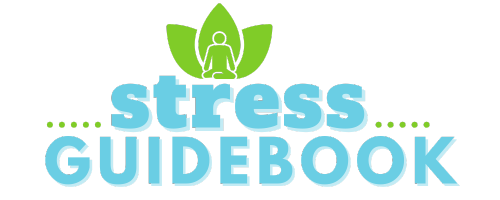# Understanding Panic: Identifying Triggers and Effective Strategies for Overcoming Anxiety
Panic attacks can be debilitating, often striking unexpectedly and leaving individuals feeling overwhelmed. Understanding the nature of these attacks, identifying personal triggers, and employing effective strategies for managing anxiety can empower those affected to regain control over their lives. This article delves into the intricacies of panic, offering insights into its triggers and practical methods for overcoming anxiety.
## Identifying Triggers of Panic Attacks
Recognizing the specific triggers that lead to panic attacks is a crucial first step in managing anxiety. Triggers can vary significantly from person to person, encompassing a wide range of stimuli, situations, or emotional states. For some, crowded places or social situations may incite feelings of dread, while others might experience panic in response to certain thoughts or memories.
Environmental factors often play a significant role in triggering panic attacks. Changes in routine, stressful life events, or exposure to particular environments can all act as catalysts. For example, an individual who has experienced trauma in a specific location may find that returning to that place triggers intense feelings of anxiety. By keeping a journal to document instances of panic, individuals can begin to identify patterns and pinpoint their unique triggers.
Moreover, physiological responses can also contribute to the onset of panic attacks. Many people may not realize that their bodies can react to stressors in ways that amplify feelings of anxiety. For instance, excessive caffeine intake or lack of sleep can heighten sensitivity to stress, making panic attacks more likely. Understanding these physical responses is essential for developing a comprehensive management plan.
## Effective Strategies for Managing Anxiety
Once triggers have been identified, the next step is to implement effective strategies for managing anxiety and reducing the frequency of panic attacks. One of the most widely endorsed techniques is cognitive-behavioral therapy (CBT). This therapeutic approach focuses on changing negative thought patterns and behaviors that contribute to anxiety. Through CBT, individuals learn to challenge irrational fears and replace them with more balanced, rational thoughts.
In addition to therapy, practicing mindfulness and relaxation techniques can significantly alleviate symptoms of anxiety. Mindfulness involves being present in the moment and observing thoughts and feelings without judgment. Techniques such as deep breathing exercises, progressive muscle relaxation, and guided imagery can help calm the mind and body during a panic attack. Engaging in regular physical activity also promotes the release of endorphins, which can improve mood and reduce anxiety levels.
Establishing a support system is another vital strategy for managing panic attacks. Connecting with friends, family, or support groups can provide a sense of belonging and understanding. Sharing experiences with others who have faced similar challenges can foster a sense of community and reduce feelings of isolation. Additionally, support networks can offer encouragement and accountability, helping individuals stay committed to their anxiety management plans.
## Lifestyle Changes for Long-Term Relief
Long-term relief from panic attacks often requires a holistic approach that encompasses lifestyle changes. Nutrition plays a significant role in mental health, and adopting a balanced diet can contribute to overall well-being. Foods rich in omega-3 fatty acids, such as fish and nuts, as well as those high in antioxidants, like fruits and vegetables, can support brain health and reduce anxiety. Conversely, limiting processed foods, sugar, and caffeine can help stabilize mood and prevent spikes in anxiety.
Sleep hygiene is another critical aspect of managing anxiety. A lack of quality sleep can exacerbate feelings of panic and make it more challenging to cope with stress. Establishing a consistent sleep routine, creating a restful environment, and avoiding screens before bedtime can improve sleep quality. Furthermore, incorporating relaxation techniques into the nightly routine can help ease the transition into sleep.
Lastly, engaging in hobbies and activities that promote joy and relaxation can serve as an effective counterbalance to anxiety. Whether it’s painting, gardening, or practicing yoga, finding outlets for creativity and self-expression can provide a much-needed escape from the pressures of daily life. These activities not only distract from anxious thoughts but also foster a sense of accomplishment and fulfillment.
## Conclusion: Empowering Yourself Against Panic
Understanding panic attacks is an essential step toward regaining control over anxiety. By identifying personal triggers and implementing effective strategies, individuals can learn to manage their symptoms and reduce the frequency of panic attacks. Embracing lifestyle changes that promote overall well-being can further enhance resilience against anxiety.
Ultimately, the journey toward overcoming panic is deeply personal and may require a multifaceted approach. Seeking professional help, whether through therapy or medication, is often a crucial component of effective management. By empowering themselves with knowledge and tools, individuals can navigate the challenges of anxiety and reclaim their lives from the grips of panic.


